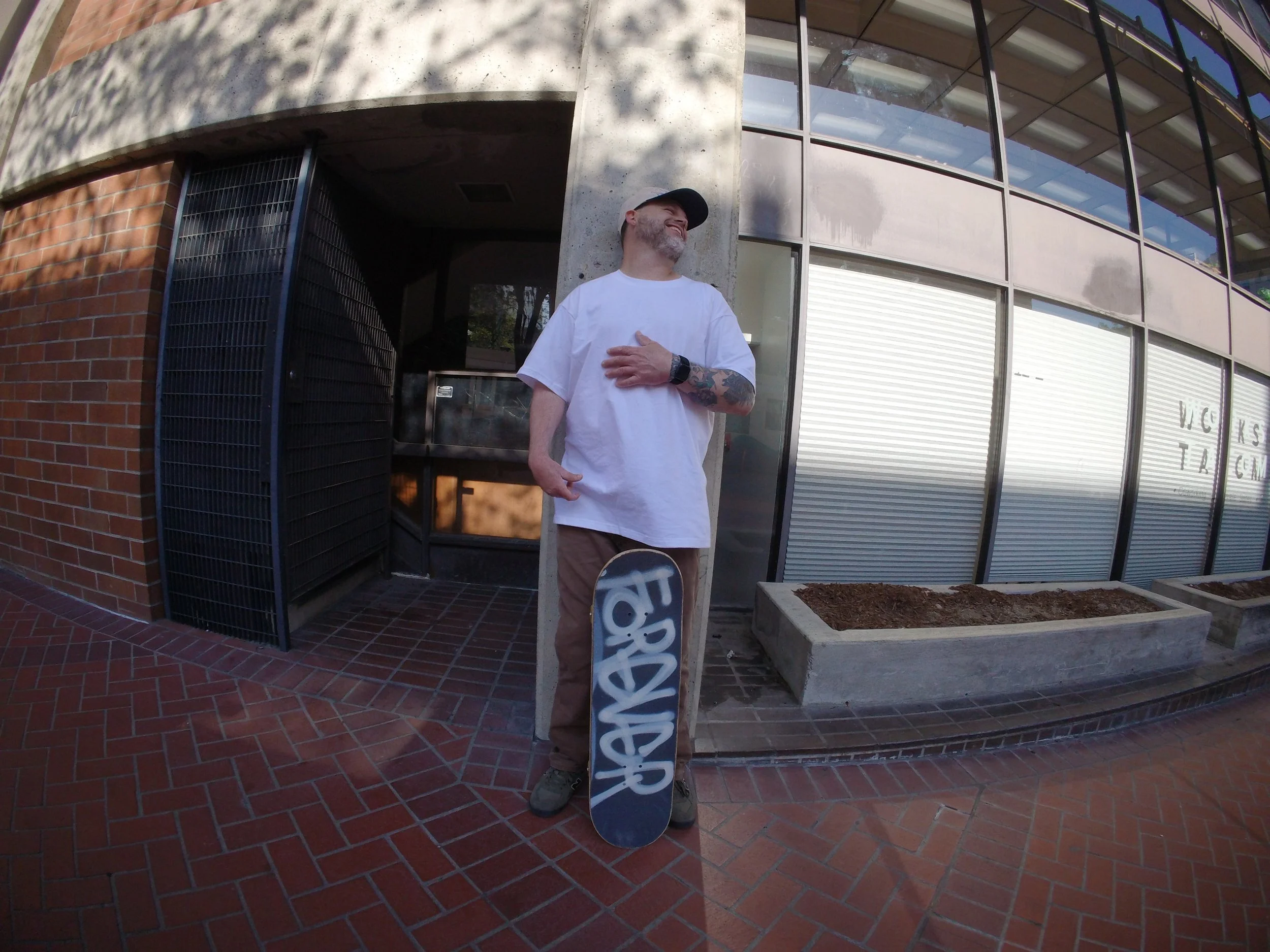Skater. Filmmaker. Father.
Born with cerebral palsy, built with grit. I turned a limp into swagger, a challenge into a lifestyle. Still skating. Still creating. Always pushing forward.
My name is Brandon Hurley. I was born with a porencephalic cyst, most commonly known as cerebral palsy. It affects the right side of my body—what doctors call right-side spastic hemiplegia. I wear a brace on my right foot and have limited use of my right arm and hand.
To most people, you wouldn’t notice my disability at first glance. You might see my uneven spine, my limp, my walk that some mistake for laziness—or call it swagger. But this is me, and I’ve never let it hold me back.
From the time I was a baby, doctors had low expectations: “If he walks, it may not be until after two. If he speaks clearly, maybe not until after four.” My mom never believed in if. She raised me to work hard, push through, and never use my disability as an excuse.
In 1989, the movie Gleaming the Cube hit theaters. I was four years old when I saw it—and I was hooked. That Christmas, I got my first skateboard. My balance was rough, my body stiff, but I didn’t care. I found my own way to skate.
By the mid-90s, skateparks were everywhere. My mom drove me and my friends across Washington, up to Canada, and down through California just so we could ride. I discovered street skating was where I belonged.
At 16, I went to the Van’s Slam City Jam in Vancouver, B.C. That’s where I met Steve Caballero—one of my idols—and Tacoma’s own Steve Olsen. Meeting them gave me the push to enter competitions myself. I never won, but that wasn’t the point. I skated my style, my way, every time.
Around 14, I picked up a video camera and started filming skate sessions with my friends. What started with shaky tapes turned into years of editing, filming, and producing my own skate videos. The gear got better, my skills got sharper, and the passion never faded.
Now, at 39, I’m still skating, still filming, and still creating. My 16-year-old son rides BMX and films alongside me. That’s the cycle—passing it forward, building culture, making something that lasts.
My disability is not a barrier. My story isn’t about excuses, it’s about persistence. If reading this makes you see past your own challenges—even for a moment—then it’s a good day.